Why does Bitcoin have value? Why does the Bitcoin's price keep on fluctuating? Is Bitcoin just a fad? I am sure you have come across these questions tens (if not hundreds) of times. I know I have. These are some of the most asked questions regarding Bitcoin and other digital currencies.
To completely understand how bitcoin works and to help you answer these questions you need to start from the beginning. Let’s start by defining what Bitcoin is and how it works.
Contents
- What Is Bitcoin?
- How Bitcoin Works
- Bitcoin Mining
- Fiat Currency
- Why Bitcoin is the Answer to Fiat Currency’s Biggest Challenge
- What Makes Bitcoin Valuable?
- What Backs Bitcoin?
- FAQs
What Is Bitcoin?
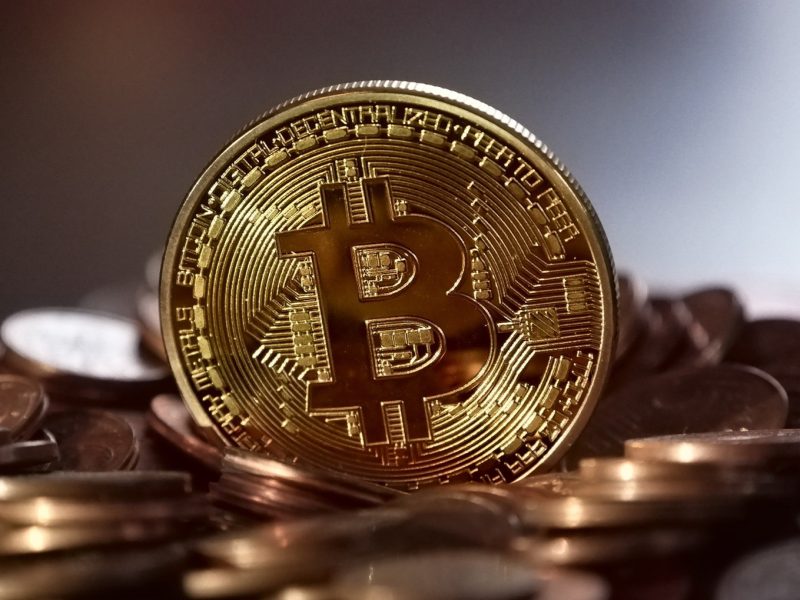
Bitcoin is a digital currency made possible by a type of technology known as cryptography. It is decentralized in the sense that it has no form of central authority. Bitcoin can be used to buy or sell commodities just like any other form of currency.
What makes a Bitcoin transaction unique is that it works in a peer-to-peer manner. This simply means that there are no intermediaries whatsoever when a transaction is taking place. Traditionally, transactions were either validated by an intermediary (third-party) or trust between a seller and a buyer.
In the case of Bitcoin or cryptocurrencies in general, transactions are verified using cryptography. So, what is cryptography? The word crypto means to conceal or secret, literally. Instead of using tech jargon to explain what cryptography is, let’s use a simple analogy.
Imagine you wanted to send a secret message to your friend, but there is the possibility that the message might fall into the wrong hands. So, you and your friend come up with a secret code that only the two of you know. When sending messages to each other you conceal them in the code you both created. This way you are sure that only your friend, the intended recipient, can interpret the code.
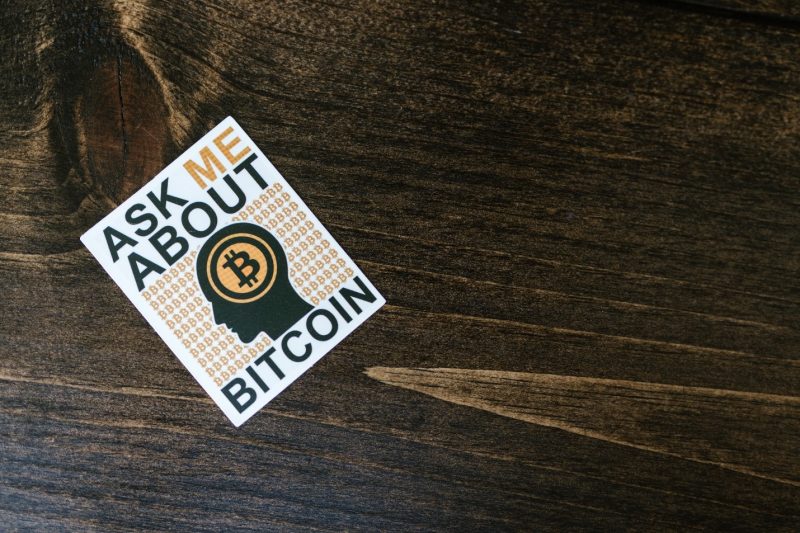
This is exactly what cryptography is, just that in the case of Bitcoin computers create the code using two keys. A public key, which is usually the recipient's address, and a private key that is only known to the recipient. The public key authenticates the transaction while the private key guarantees the security of the transaction.
Also read: What Is Scalping Forex?
How Bitcoin Works
A technology known as Blockchain technology powers bitcoin. Simply put, a blockchain is an open-source public ledger that stores data in blocks. As the name suggests, these blocks are chained (connected) to each other. Data is stored/recorded in these blocks.
Data stored on the blockchain is referred to as immutable data (unchangeable). Once data is stored in the blockchain, it cannot be changed or deleted. This is because in a blockchain each new block depends on the underlying blocks to exist. Therefore, we can only add data onto a blockchain but cannot change or delete data that already exists on the blockchain.
Blockchain technology is facilitates the existence of the Bitcoin decentralized network.

In the case of Bitcoin, this is made possible through hashing. A hash is a cryptographic function that takes input, performs a mathematical operation, and converts it to a hash code or hash value. This hash value is what is used to create new blocks through the process of bitcoin mining.
It is important to note that hashing is a one-way operation. There is no way to work out the hash value in a bid to figure out the input, hence the immutability of the blockchain.
Bitcoin Mining
Bitcoin mining is the process by which specialized computers (miners) create new bitcoin as a reward for solving mathematical equations. In the abstract, new bitcoins are offered as a reward for confirming transactions on the Bitcoin network.
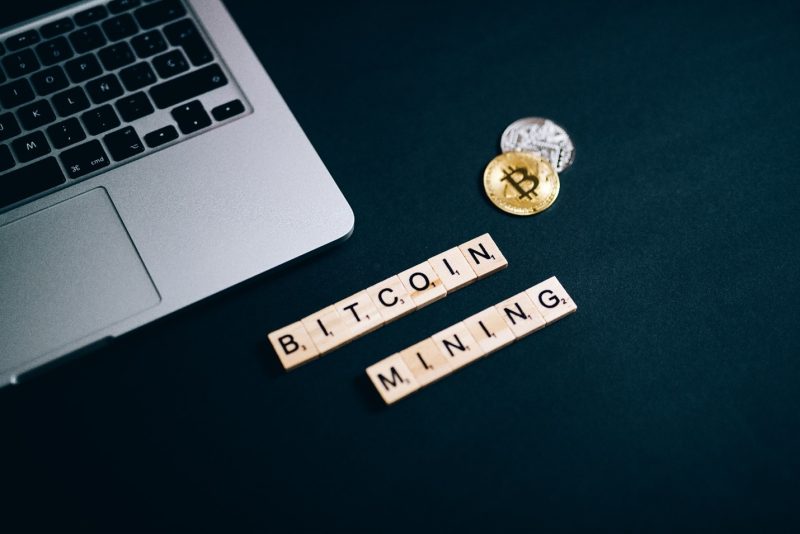
A transaction is confirmed when the computer can work out the correct hash value for a new block. Transactions waiting to be confirmed are then stored on this newly mined block. This operation requires a lot of electricity, time, and even human resources to be successful. Transactions are confirmed in a few minutes. This is referred to as proof-of-work and contributes to bitcoin value.
The mining operations requires a lot of computing power hence the term “work”. Understanding the proof-of-work mechanism is essential and will help us answer the question of why bitcoin has value.
Now that you have the basics of what Bitcoins are and how they work, let us talk about Bitcoin and what exactly backs Bitcoin. Any argument about what backs Bitcoin and why it is valuable must involve fiat currency. This is because it has been in use for more than a decade.
Fiat Currency
Fiat currency/money is a currency that has been made legal tender by the government of a specific country. Others also define it as government issued currency that is backed by no other asset physical or otherwise. Fiat is currency backed by the government and is usually controlled by the central bank of a specific country.
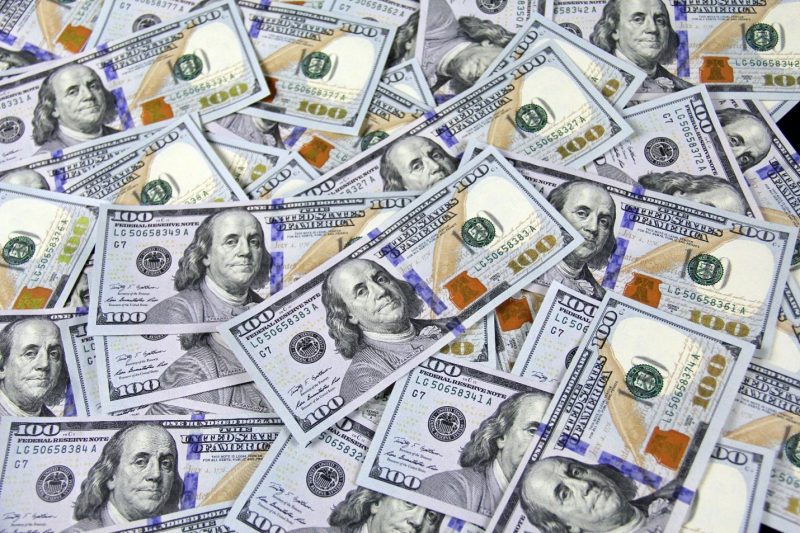
A good example of a fiat currency would be the US Dollar (USD). The US Dollar only has value because the United States government says it does and the people trust the government. Without the government backing it, the US dollar would be useless.
Fiat currency is only valuable in countries where it is declared legal tender. If you were to bring an Indian Rupee to pay for food at a restaurant in America, they would not accept it. However, because respective governments recognize other fiat currencies, you can exchange the Indian Rupees for US Dollars at a bank.
The value of fiat currencies is set by the government. This makes fiat a form of centralized currency. This is because governments reserve the right to make all financial decisions regarding fiat currencies.
They decide how much of the currency to put out to the public, as well as, control the policies that govern the use of the currency.
Before most currencies started getting backed by governments, they used to be backed by physical assets such as gold, silver, and bronze. This was back in the 1800s. Then, coins had intrinsic value because you could exchange them precious metals such gold.
They were also said to have intrinsic value because they were made of gold or other precious metals. This brought about the theory of currency backing by a physical commodity or otherwise.
Fiat currency can be used for transactions-buying and selling, or as a store for value (savings). This ensures that it maintains its value over time. However, the value varies from time to time. This can mainly be attributed to supply and demand. With supply being the quantity of fiat in circulation and demand is the need for the fiat currency.
The market value of fiat currencies can and has been proven to depreciate and erode over time. This mostly happens in instances where a specific government for one reason or the other gets destabilized. It has also happened in the past where the governments printed more money than their population could handle. This causes inflation which over time makes fiat currencies lose their market value.
Why Bitcoin is the Answer to Fiat Currency’s Biggest Challenge
In the recent past, discussions on why Bitcoin might just be a better currency than fiat currencies are on the rise. As time goes by mass adoption of bitcoin and other cryptocurrencies is almost inevitable. Bitcoin fanatics argue that it solves some of the biggest challenges faced by global currencies.
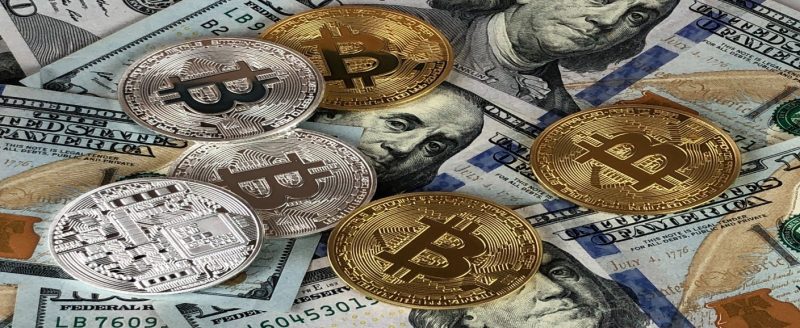
To start with, the issue of centralization. As I mentioned above, fiat currencies are backed by the government. In the unfortunate case that a government falls, or experiences a financial crisis, their currency loses value. Bitcoin, being decentralized exists independent of any monetary authority whatsoever. This means that in the case a government falls bitcoin will still regain its value.
Also due to centralization, the government might print too much fiat money. This makes it lose value over time and eventually makes it worthless. Bitcoin value is not subject to inflation. This is attributed majorly to the cap in the number of Bitcoins.
According to Satoshi Nakamoto the founder(s) of bitcoin, there are only 21 000 Bitcoins. The ease of mining these bitcoins gets more difficult as the number of ‘mined' bitcoins increases. This cap on the number of Bitcoins also means that they will always be scarce.
A scarce commodity will almost always have some sort of value in any financial system. Traditional fiat currencies also worked within the scarcity concept.
Fun Fact: Satoshi Nakamoto, the founder of Bitcoin remains anonymous to date. To date, no one can confirm whether Satoshi Nakamoto is an individual or a group.
What Makes Bitcoin Valuable?
Currently, Bitcoin world's largest cryptocurrency. As I write this, the value of a single bitcoin is a little over 47 000 USD. At the rate, Bitcoin has grown, especially since 2019, it is most likely going to be a mainstream currency in the foreseeable future.
Bitcoin is also subject to the laws of supply and demand. Since the rate of supply of bitcoin is growing slower than the demand, the value of Bitcoin has been increasing over time. We can also attribute this to the fact that governments are printing a lot of fiat money. Let us compare the US Dollar to Bitcoin using some of the factors that contribute to the success of a currency.
These factors include:
- Scarcity
- Divisibility
- Portability
Scarcity
Scarcity in regards to currency refers to a limited supply of currency in circulation as compared to its demand. Simply put, currencies derive some of their value from being scarce. Think of it this way having something of value that another party doesn't have, gives you bargaining power while transacting with any other parties involved.
Due to a growing economy, the government regularly prints dollar bills. Usually, this is done by central banks to make sure that there is enough cash flow in circulation. This weakens the US dollar with time.
In contrast, however much bitcoin gets accepted as currency, there will never be over 21 000 bitcoins. So, as its demand increases, so will bitcoin value. This somewhat proves that bitcoin is not just a speculative bubble.
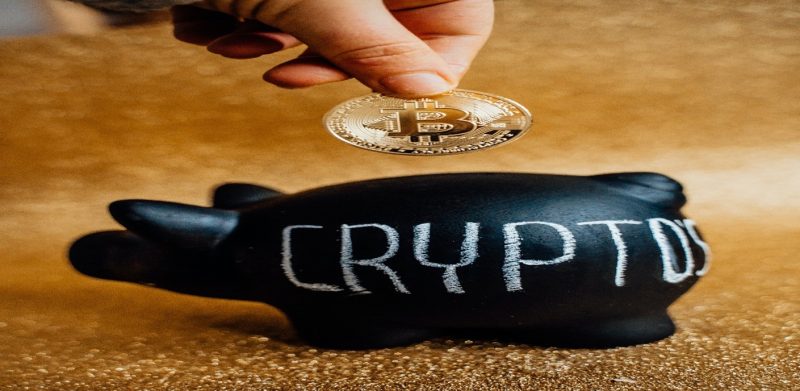
To prove this analysis, we will look at bitcoins price history to determine just how much is bitcoin worth. At the beginning of 2013, the value of a single bitcoin (BTC) was about $13.35. By the end of the same year, the value of a bitcoin had risen to about $760. In between, at around October of the same year, the value had risen to a high of $1,1156.10. As of November 2021, Bitcoin has at some point, hit a record high of $68,521 for a single Bitcoin.
This information is readily available to the public via reputable crypto news websites and cryptocurrency trading platforms.
Like any other currency, the value of bitcoin varies from time to time. Some might say that the value of bitcoin is very volatile. They are not completely wrong. Remember, Bitcoin is still in its early stages and is yet to be accepted as a substitute to fiat currency by the masses. This and the fact that at the beginning the value was mostly speculative, largely contribute to its volatility.
Bitcoin’s value is also derived from it being a scarce commodity. It is in some ways very similar to gold. Think of it this way, like gold bitcoin has a limit on supply. This means that if or when it gets accepted as a hard currency, bitcoin will be valuable. Also, like gold, bitcoin is highly liquid. If today you wanted to sell gold, there is always a ready buyer.
The same applies to bitcoins. There is always a ready market for bitcoin. People are always willing to trade fiat currency for bitcoin.
Divisibility
In regards to divisibility, Bitcoin might even be better as a currency when compared to gold and other currencies. Let’s use gold for instance. Gold is a highly indivisible physical commodity.
Imagine you had a ring made of pure gold which you wanted to exchange for goods, services, or even for fiat. Your options (people who are willing to trade the gold ring) are limited for a variety of reasons. Now imagine you had about 500g of gold which you also intend to use in a similar value. Still, your options are limited. So, if gold has been considered valuable since time immemorial, why all these limitations?
The answer is quite simple. Gold is highly indivisible. Most people are only willing to trade in substantive amounts of gold. With little amounts of gold, however valuable, it is practically impossible to use it for your day-to-day transactions. For this reason, most countries abandoned the gold standard for government-printed money.
In the traditional gold standard system, governments had set a fixed exchange rate between their set currency and gold. Simply put, you could always exchange your currency for gold which had intrinsic value.
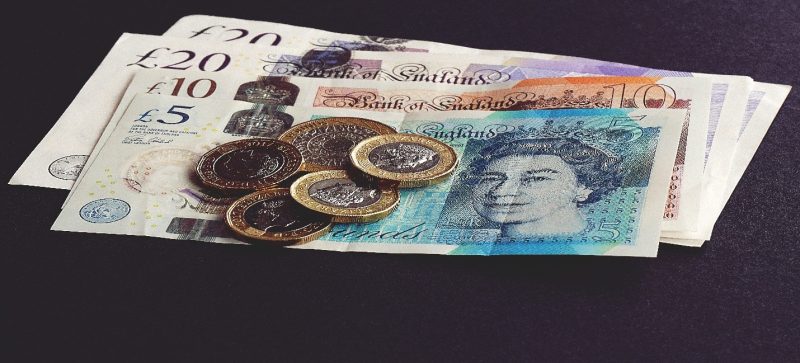
In contrast, Bitcoin is highly divisible. This might just be bitcoin's greatest strength. It is divisible up to eight decimal places. This means that one bitcoin can be divided into 100 million units–referred to as satoshis (SATs). This factor alone makes Bitcoin a very desirable form of currency. Why? Because no matter how valuable Bitcoin gets, there will always be enough bitcoin for everyone to transact with.
Divisibility is an enormous factor for the success of any financial system. Usually, different commodities are sold for different prices. With a highly divisible currency, purchasing different commodities can be done with ease.
Take a US Dollar for example. One USD dollar is only divisible to up to 100 cents i.e.: 1USD = 100 cents. This means that you can be able to make smaller purchases up to a minimum of 1 cent.
In the case of Bitcoin, a single bitcoin (BTC) is equal to 100 million satoshis. This means that even with a very small quantity of bitcoin, say 0.0003 BTC one can still make a purchase. For the curious fellows, such as myself, at the current market rate, 0.0003 BTC is equal to $148.34.
Portability
Portability in this context refers to the ease of moving from one place to the other with a specific type of currency. Traditional currencies such as gold were inconvenient to transport and transact with. Imagine transporting 10,000 kilos of gold. Due to its high value transporting gold (even to date) requires a lot of security and planning.
The same can be said for fiat (paper money). It is risky to walk around with large amounts of fiat. This is one of the major disadvantages of fiat. Through what we can term as financial evolution, methods were devised to solve the issue of security and convenience when transporting large amounts of money.
The solution was and still is digitizing traditional currency. Banks pioneered in creating these systems where you could transfer money from one account to another just by issuing the instructions to your bank. This has presently developed to what we commonly refer to as mobile money. Bitcoin is almost similar to mobile money but much better and highly effective.
Here’s why. Bitcoin just like mobile money can be transferred digitally. With just a mobile phone you can transfer funds from your account, here in the USA to an account in Asia or Africa. While this is possible for mobile money, there is the challenge of converting one currency to another. With Bitcoin, and the reason it is much better than mobile money is: A bitcoin in the USA has the same inherent value as a Bitcoin elsewhere on planet earth.
This means that with just a mobile phone and a crypto wallet, you can transact using bitcoin with anyone from any part of the world. This concept is likely going to lead to mass adoption of bitcoin as a hard currency.
By now, you probably already understand or at least have a clue at what backs bitcoin. If not, let me explain it in a little more detail below.
What Backs Bitcoin?
The simple answer to this question is people. Yes, bitcoin’s value is backed by people and the confidence that these people have in it. By the people who believe in cryptocurrency as a hard currency. If you are reading this, you’re probably are one of these people.
After Bitcoin was created a bunch of people bought into the idea of a decentralized currency. They accepted and used bitcoin as we use fiat in our daily lives. These people trusted in the fact that Bitcoin has value, as we have already established above. To them, Bitcoin was similar to all other traditional currencies but better.
These people include bitcoin investors, bitcoin miners and bitcoin fanatics who buy bitcoin to facilitate their daily transactions.
That number of people has gradually increased over time. As of November 2021, the number of bitcoin users stands at 78 million. This statistic is derived from the number of unique wallets created on the Bitcoin network. From 2019 Bitcoin has doubled the number of unique users. Experts project even more substantive growth in the foreseeable future.
As the number of people who believe in bitcoin and other cryptocurrencies increases, Bitcoin will only grow stronger as a currency. Major brands such as Meta, Microsoft, Shopify, Starbucks, and Etsy already recognize and accept bitcoin as a means of payment for goods and services offered. Some countries such as El Salvador have recognized Bitcoin as legal tender.
If people continue believing and using Bitcoin as a means of payment for services and goods, it will eventually go mainstream and serve people from all corners of the world. Remember, this confidence in Bitcoin comes from understanding how it works and why it has value. It is also inspired by the fact that it is better in so many ways than fiat currencies.
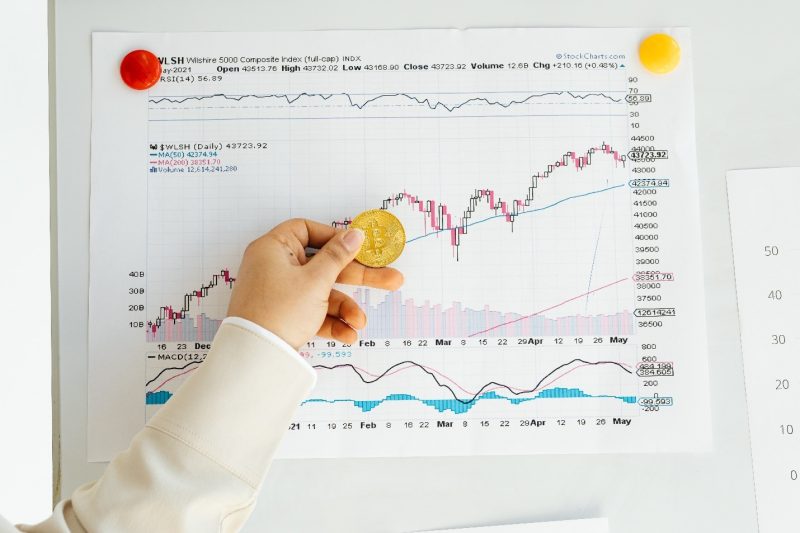
As cryptocurrency grows, we are witnessing the development of crypto exchanges. Cryptocurrency exchanges are platforms that facilitate crypto trading-buying and selling of different cryptocurrencies. It is also from these platforms that people purchase bitcoin from. The value of bitcoin increases as more and more people trade in bitcoin using these platforms.
Also read: Day Trading for Beginners
FAQs
Is Bitcoin a real currency?
Yes, it is. However, it is yet to be recognized as a hard currency by most individuals and countries globally. If today you had one bitcoin, you could use it to purchase a commodity or a service from various outlets and service providers. It is a real currency with real value.
Where is Bitcoin stored?
Bitcoins exist solely on the decentralized Bitcoin Network/Blockchain. However, when you purchase bitcoins, it is common to think that they are “stored” in your digital wallet. A bitcoin wallet is either a web wallet or a hardware wallet used to make bitcoin transactions or any other cryptocurrencies.
Digital wallets do not store your Bitcoin. Instead, they store your address which is used to access your bitcoin on the blockchain. Using your private key, you can access and transact with your bitcoins and with other digital currencies.
Who controls the Bitcoin Network?
No one. Bitcoin is decentralized and runs on a peer-to-peer open-source platform. This means that it is not controlled by any financial institution or individual. It is entirely independent. If we wanted to use the word control, we could say it is controlled by all Bitcoin users around the globe.
Is Bitcoin backed by mathematics?
Bitcoin currently has a market capitalization of about $190 billion. Bitcoin is not a physical object and therefore its real value can be measured in others ways. Despite its obvious differences, Bitcoin turns out to be similar to fiat currency in that it is strongly backed by consumer confidence.

















